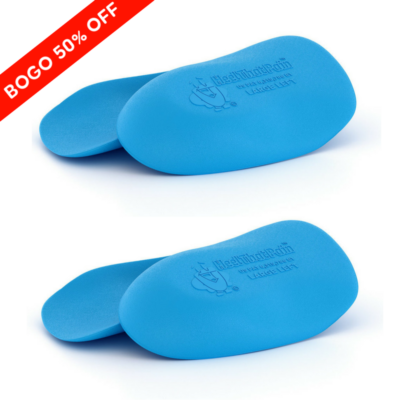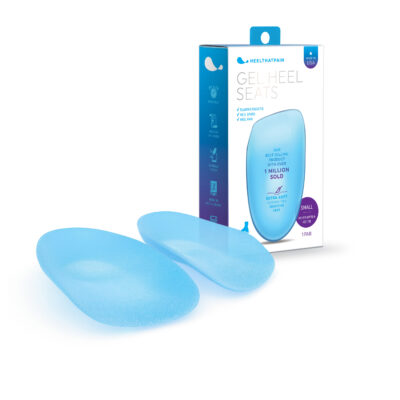Heel Spur Surgery
By Noelle Ihli, medically reviewed by Dr. Kimberly Langdon, M.D.
Heel Bone Spur Surgery
Heel spur surgery is sometimes the last resort for many heel spur suffers. Heel spur surgery is usually only considered after conservative treatment options have been used without success. Severe pain from a heel spur can often be very difficult to tolerate, and every movement can be almost unbearable. Luckily, surgery is successful in treating pain in most cases, although there are always potential side effects that every sufferer must learn about.
Types of Heel Surgery Procedures
Treating foot pain with heel spur surgery can be done in a couple of different ways. Endoscopic plantar fasciotomy is the first way to eliminate pain. In this procedure, two slits are made around the heel. Through these slits in the side of the heel, a small camera is inserted which allows the surgeon to see the injured area. He then detaches, or cuts, the plantar fascia ligament from the heel bone using a small knife, relieving stress and pain, and allowing new fascia tissue to develop in the space that was created. With this procedure, the tension that created plantar fasciitis or heel spurs is eliminated.
There are also other heel surgeries that are performed in a slightly different way. In other procedures, the entire plantar fascia may not be cut. Instead, only a portion of the ligament is detached. Some surgeons feel that this procedure is not as effective as endoscopic plantar fasciotomy, while others think that it has better results. Regardless, it is a good idea to talk to your orthopedic surgeon to learn about each individual procedure that is available for your condition and to choose the one that is most appropriate for you based on your consultation with your doctor.
In addition to these heel spur surgical procedures, the surgeon may also decide to remove the spur itself during the operation. When this occurs, the surgeon, while guided by a small camera, uses small instruments to completely remove the bony fragment of calcium. This can seriously diminish the recurrence of pain in the heel since it prevents the tissue around the heel from being damaged further by the bone fragment.
Heel spur surgery should be used only as a last resort after other, more conservative treatment methods have failed to produce successful results. When a heel spur is identified and treated early, conservative methods usually prove to be very effective, particularly orthotic shoe inserts. However, if left unchecked a heel spur and its symptoms could become more serious and heel spur surgery may then be needed.
Risks of Heel Spur Operation
Like with any surgical procedure, with heel spur surgery there are risks and possible negative results that you must be aware of before entering the procedure. For example, there is often a recovery period where you must limit weight bearing to allow the tissue to heal. In addition, there can be damage to nerve tissue during the procedure that could cause numbing afterward in various areas around the heel. In rare cases, heel pain may persist after surgery, although in most cases pain usually diminishes after about a week.
Avoid Heel Spur Surgery with Prevention
There are many factors that contribute to the formation of a heel spur such as ill-fitting shoes, repetitive or excessive stress on the feet, overuse, sudden weight gain, and obesity. Addressing these factors can significantly improve your chances of preventing heel spurs. Also, if the pain does become noticeable it is important to treat it immediately before symptoms worsen. If caught early, a heel spur can be successfully treated with conservative methods such as rest, icing, and stretching. In addition, simple orthotic shoe inserts such as our famous Heel Seat Insoles can also reverse the symptoms of heel spurs and prevent reoccurrences.






